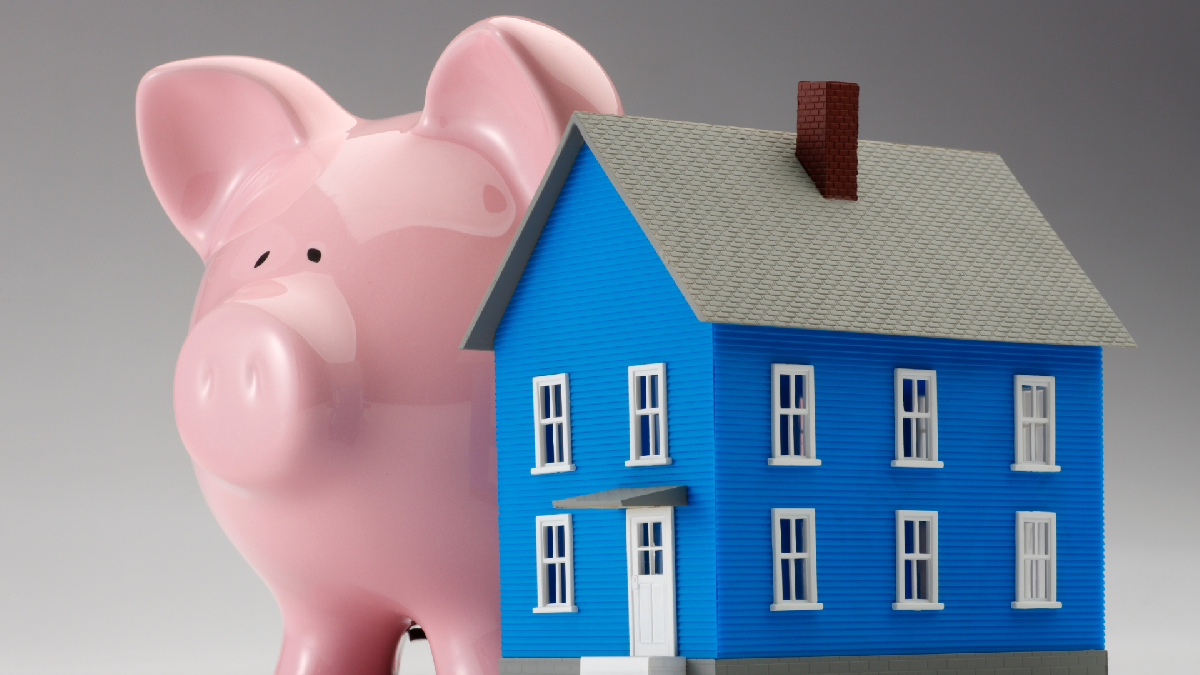Got a big credit card bill from buying home furnishings or paying for home improvements? Here are some ways of reducing the burden.
Maybe you’ve just moved into your new home, or perhaps you felt your 10-year-old apartment needed a refresh: a new set of furniture, a paint job, or even some bathroom renovations – a few hundred here or maybe a couple of thousand there, for a small slice of happiness.
If you have wisely decided on a budget and actually stuck by it, good on you! However, this fairly large expenditure may have ended up on your credit card. Many find it an easy choice to swipe the card for furniture, décor, or even a contractor to make some extensions in your wet kitchen. Ultimately, this can really weigh down your finances and credit cards.
We’ve noticed that some furniture builders, for example, kitchen cabinet makers, were promoting furniture deals a few months prior to the recent Raya celebration. A quick survey revealed that for just RM6,000, one could easily charge it to the credit card and get beautiful new kitchen cabinets in time for visitors to admire. But then, you may decide, you need a few more items to go with the new cabinets too. Before you realise what’s happening, everything adds up and you get a small heart attack from just looking at your credit card statement.
While spending a little more than normal for a seasonal holiday isn’t a bad thing, overloading your credit cards isn’t a great idea. Credit cards carry the highest interest of many types of financing, and it’s not the best idea to saddle yourself with such rapidly accumulating debt. It could give you more worry than happiness, and affect your overall mental health if you’re constantly thinking about how to clear your card balance.
Besides the high interest rates, not being able to make your minimum required credit card payments will result in more costs that will snowball, including late-payment charges, penalties, and even higher interest rates. This would negatively impact your credit history which isn’t good for your credit rating in the long term. And if you’re only able to make the minimum card payments, you’re really just paying the required interest and merely chipping away at the surface of the debt.
Most people think there are only two ways to pay for your home improvement, cash or credit. But there is one other way that will spare you from both cashflow worries and high interest rates: a personal loan. So when you need more funds at your disposal, a personal loan with a flat annual rate is much lower than that of general credit cards, and the allowable repayment period stretches for a significantly longer period of up to 7 years. Interest rates vary from bank to bank and are highly dependant on your credit risk, but they can range from as low as 5% per annum (compared to the 18% general interest rates of a credit card).
If you’ve already spent on your credit card and want a stress-free payment plan, you could opt for a Balance Transfer or a Debt Consolidation loan.
A Balance Transfer is where you transfer your outstanding principal amount from one bank to another bank primarily for a better interest rate and also better features. This enables you to save on the interest you have to pay your initial credit card. Some banks in Malaysia even offer 0% interest per month, for repayment tenures of up to six months.
A Debt Consolidation loan consolidates (or combines) all your different debts into one single, larger one. This can be done by taking out a new loan to pay off all your debts. By merging your debts together, they will be easier for you to manage and pay off.
The difference is that a balance transfer is only for credit card debt, whereas debt consolidation applies to other loans like home loans, car loans, and other forms of personal financing. More importantly, these types of loans will go a long way to ensuring your ad-hoc home expenses will be properly paid off and keep the financial stress at bay.
.jpeg)
_PH_Banner_(Desktop)(1200x180px).png)
.jpg)

.jpg)


.png)
.jpg)
.jpg)

.png)

.jpg)
.jpeg)
